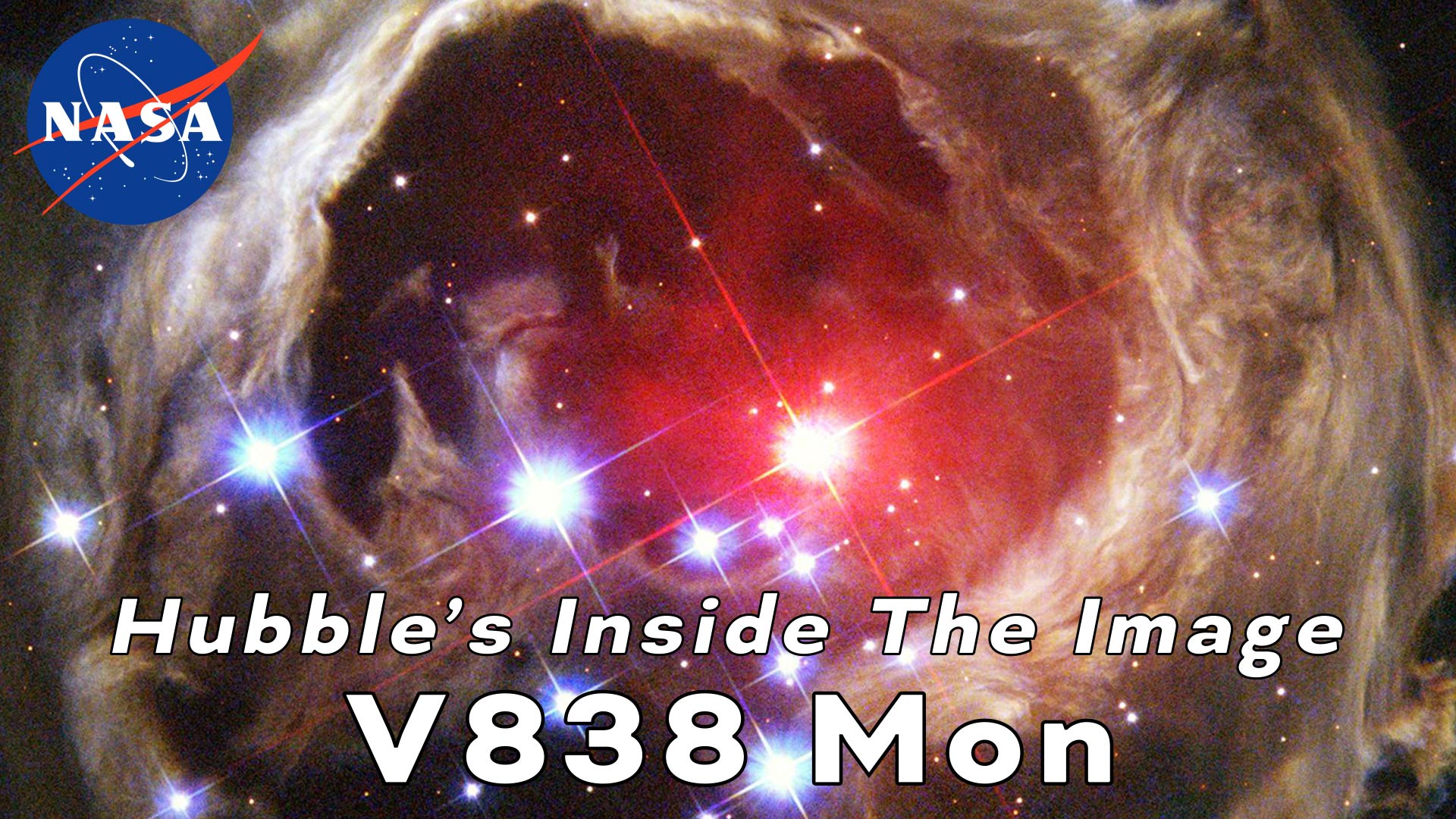Hubble’s Inside The Image: Carina Nebula
The Hubble Space Telescope has taken over 1.5 million observations over the past 32 years. One of them is the breathtaking image of the Carina Nebula.
Hubble's view of the nebula shows star birth in a new level of detail. The fantasy-like landscape of the nebula is sculpted by the action of outflowing winds and scorching ultraviolet radiation from the monster stars that inhabit this inferno. In the process, these stars are shredding the surrounding material that is the last vestige of the giant cloud from which the stars were born.
In this video, Dr. Ken Carpenter takes us on a journey through the Nebula, teaching us some of the interesting science behind this famous Hubble image.
For more information, visit https://nasa.gov/hubble.
Credit: NASA's Goddard Space Flight Center
Producer & Director: James Leigh
Editor: Lucy Lund
Director of Photography: James Ball
Additional Editing & Photography: Matthew Duncan
Executive Producers: James Leigh & Matthew Duncan
Production & Post: Origin Films
Video Credit:
Hubble Space Telescope Animation
Credit: ESA/Hubble (M. Kornmesser & L. L. Christensen), A. Fujii, Robert Gendler, Digitized Sky Survey 2, Panther Observatory, Steve Cannistra, Michael Pierce, Robert Berrington (Indiana University), Nigel Sharp, Mark Hanna (NOAO)/WIYN/NSF
Music Credit:
"Transcode" by Lee Groves [PRS], and Peter George Marett [PRS] via Universal Production Music
“Moving Headlines” by Immersive Music via Shutterstock Music
Master Version
Horizontal version. This is for use on any YouTube or non-YouTube platform where you want to display the video horizontally.
Vertical Version
This vertical version of the episode is for IGTV or Snapchat. The IGTV episode can be pulled into Instagram Stories and the regular Instagram feed.
Credits
Please give credit for this item to:
NASA's Goddard Space Flight Center. However, please credit individual items as indicated above.
-
Producer
- James Leigh (Origin Films)
-
Support
- Paul Morris (KBR Wyle Services, LLC)
-
Technical support
- Aaron E. Lepsch (ADNET Systems, Inc.)
Release date
This page was originally published on Wednesday, December 14, 2022.
This page was last updated on Wednesday, May 3, 2023 at 11:43 AM EDT.





